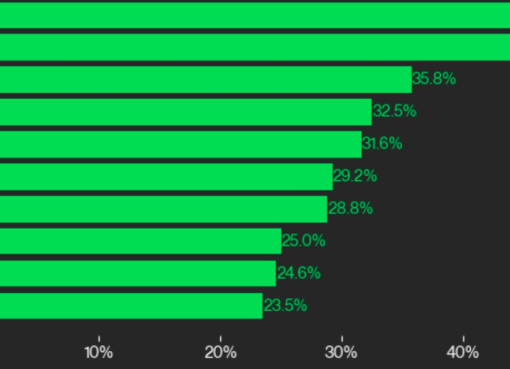Ethereum-based noncustodial lending protocol Euler finance is trying to cut a deal with the exploiter that stole millions from its protocol, demanding the hacker returns 90% of the funds they stole within 24 hours or face legal consequences.
The platform was exploited for $196 million on March 13 and Euler Labs sent its ultimatum to the flash loan attacker by transferring them 0 Ether (ETH) with an attached message on March 14:
“Following up on our message from yesterday. If 90% of the funds are not returned within 24 hours, tomorrow we will launch a $1M reward for information that leads to your arrest and the return of all funds.”
euler just sent an on-chain message to the hacker pic.twitter.com/0wKIW51NjM
— 0xngmi (llamazip arc) (@0xngmi) March 14, 2023
The threat of law enforcement comes as Euler sent the hacker a much more civil message the day before.
“We understand you are responsible for this morning’s attack on the Euler platform,” it read. “We are writing to see whether you would be open to speaking with us about any potential next steps.”
The request for a 90% fund return would see the hacker send back $176.4 million while holding onto the remaining $19.6 million.
However, many observers have noted that the hacker has very little to no incentive to follow through with the deal.
Look over your shoulder for the rest of your life, or take a $20m deal. No brainer.
Although, they could easily be state actors and aren’t really worried about low levels feds. https://t.co/i5zUSDqFca
— drnick ️² (@DrNickA) March 15, 2023
“If I was the hacker I’d simply say “to anyone who manages to track me down, I will give you $2 million not to tell Euler,” one observer said.
“Yeh he has 200 Million they have 2 Million. He wins in a bidding war”, another Twitter user wrote in response.
Euler Labs said they’re already working with law enforcement in the United States and the United Kingdom along with engaging blockchain intelligence platforms Chainalysis, TRM Labs and the broader Ethereum community to help track down the hacker.
An update on our work today to recover funds for Euler protocol users.
Here are a few actions we took immediately:
1. Stopped the direct attack as soon as possible by helping disable the EToken module, which blocked deposits and the vulnerable donation function
2. Engaged TRM… https://t.co/6ZClE9uGoH
— Euler Labs (@eulerfinance) March 14, 2023
Related: DeFi protocol Platypus suffers $8.5M flash loan attack, suspect identified
The lending platform added it was able to promptly stop the flash loan attack by blocking deposits and the “vulnerable” donation function.
As for the exploited code, the team explained the vulnerability “was not discovered” in its smart contract audit, which existed on-chain for eight months until it was exploited on March 13.
Euler Labs works with various security groups to perform audits of the Euler Finance protocol.
While the vulnerable code was reviewed and approved during an outside audit, the vulnerability was not discovered as part of the audit.
The vulnerability remained on-chain for eight… https://t.co/M3PYSOwHhL
— Euler Labs (@eulerfinance) March 14, 2023




